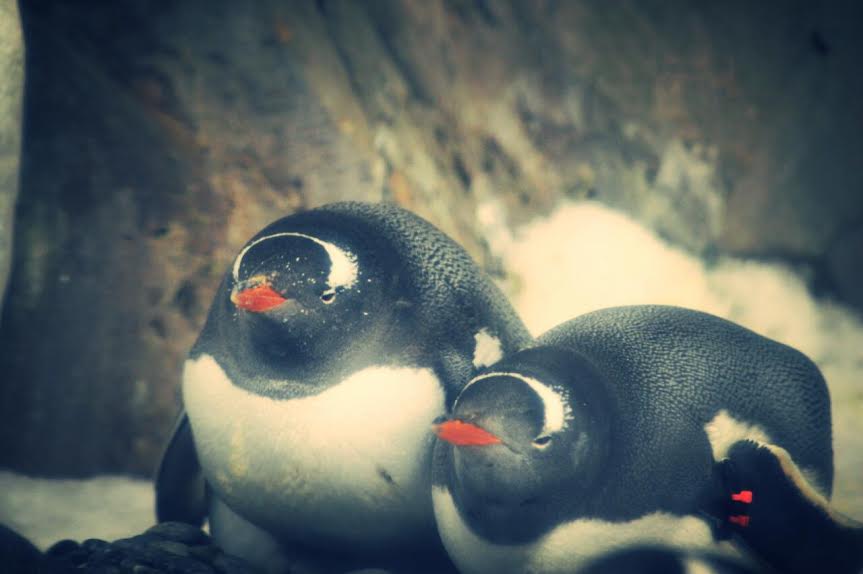Wildlife Conservation
We have been taught about food chain and the relevance of wildlife in the chain. Human survival is dependant on both trees as well as animals. One may think that extinction of a particular species may not have a big impact but a simple example of impact of extinction of species is given below.
A food chain is the sequence of who eats whom in a biological community (an ecosystem) to obtain nutrition. A food chain starts with the primary energy source, usually the sun or boiling-hot deep sea vents. The next link in the chain is an organism that make its own food from the primary energy source -- an example is photosynthetic plants that make their own food from sunlight (using a process called photosynthesis) and chemosynthetic bacteria that make their food energy from chemicals in hydrothermal vents. These are called autotrophs or primary producers.
Next come organisms that eat the autotrophs; these organisms are called herbivores or primary consumers -- an example is a rabbit that eats grass.
The next link in the chain is animals that eat herbivores - these are called secondary consumers -- an example is a snake that eat rabbits.
In turn, these animals are eaten by larger predators -- an example is an owl that eats snakes.
The tertiary consumers are are eaten by quaternary consumers -- an example is a hawk that eats owls. Each food chain end with a top predator, and animal with no natural enemies (like an alligator, hawk, or polar bear).
As the energy flows from organism to organism, energy is lost at each step. A network of many food chains is called a food web.
Numbers of Organisms:
In any food web, energy is lost each time one organism eats another. Because of this, there have to be many more plants than there are plant-eaters. There are more autotrophs than heterotrophs, and more plant-eaters than meat-eaters. Although there is intense competition between animals, there is also an interdependence. When one species goes extinct, it can affect an entire chain of other species and have unpredictable consequences.
Equilibrium
As the number of carnivores in a community increases, they eat more and more of the herbivores, decreasing the herbivore population. It then becomes harder and harder for the carnivores to find herbivores to eat, and the population of carnivores decreases. In this way, the carnivores and herbivores stay in a relatively stable equilibrium, each limiting the other's population. A similar equilibrium exists between plants and plant-eaters.
Now, imagine if the link breaks; it would be another horrific scenario.



